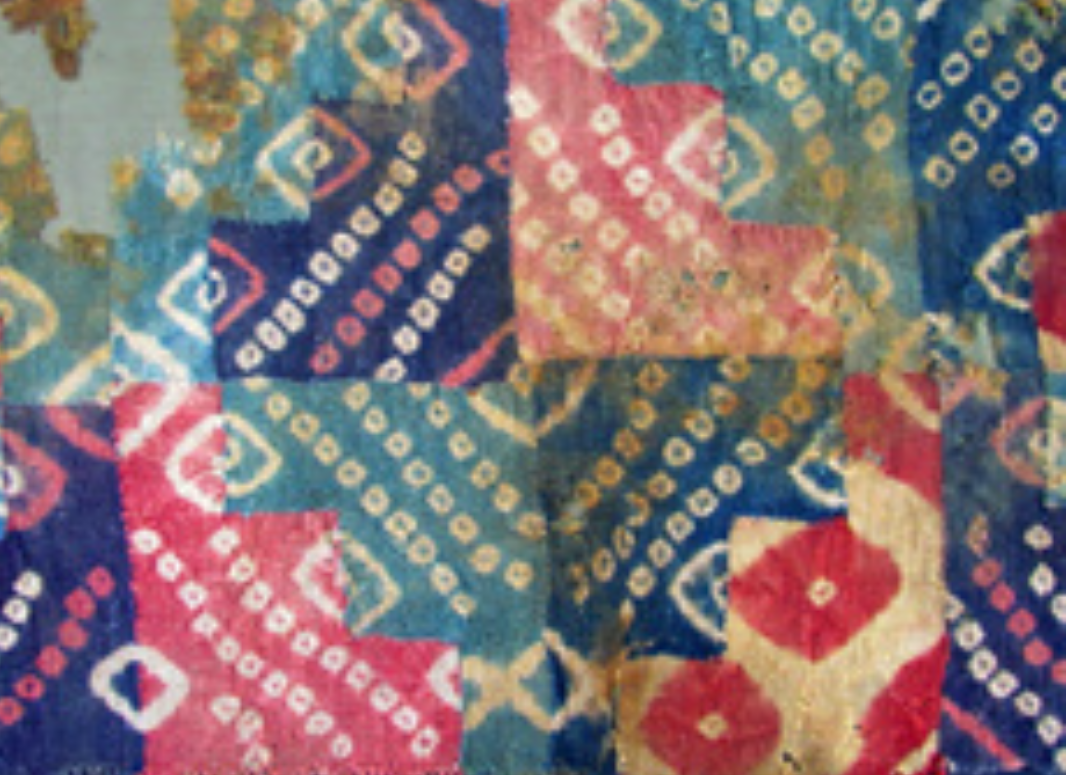CHUNGARA REVISTA DE ANTROPOLOGÍA CHILENA Volumen 55, Número 4, 2023
| Editor en Jefe | Héctor S. González Cortéz, Universidad de Tarapacá, Arica, Chile |
| Editores de Arqueología y Patrimonio |
Iván Muñoz Ovalle, Universidad de Tarapacá, Arica, Chile Monica Barnes, American Museum of Natural History, New York, USA |
| Editores de Antropología e Historia | Héctor S. González Cortéz, Universidad de Tarapacá, Arica, Chile Pablo Ospina, Universidad Andina Simón Bolivar, Quito, Ecuador |
| Editora de Producción | Eugenia Rosello Ninancuro, Universidad de Tarapacá, Arica, Chile |
| Editoras de Bioantropología | Vivien G. Standen, Departamento de Antropología, Universidad de Tarapacá, Arica, Chile Marta P. Alfonso-Durruty, Department of Sociology, Anthropology, and Social Work, Kansas State University, USA |
| Comité Asesor Editorial |
Luis Felipe Bate, Escuela Nacional de Antropología e Historia, México D.F., México Eliana Belmonte Schwarzbaum, Universidad de Tarapacá, Arica, Chile José M. Capriles, Pennsylvania State University, University Park, USA Hugo D. Yacobaccio, Facultad de Filosofía y Letras, Universidad de Buenos Aires, Argentina |
CHUNGARA Revista de Antropología Chilena, ISSN 0717-7356 (versión en línea)
Representante Legal: Emilio Rodríguez Ponce, Rector Universidad de Tarapacá
Chungara está referenciada en los siguientes índices: Web of Science; Scopus; SciELO (Scientific Electronic Library Online); Redalyc (Red de Revistas Científicas de América Latina y el Caribe, España y Portugal); HAPI (Hispanic American Periodical Index).
En los directorios: DOAJ (Directory of Open Access Journals); LATINDEX (Sistema Regional de Información en Línea para Revistas Científicas de América Latina, El Caribe, España y Portugal).
Bibliografías: IBZ (International Bibliography of Periodical Literature on the Humanities and Social Sciences); IBR (International Bibliography of Book Reviews of Scholarly Literature on the Humanities and Social Sciences); Google Scholar; JSTOR.
Esta edición contó con subsidios de la Universidad de Tarapacá y del Fondo de Publicaciones (ANID).
Consultas deben dirigirse a:
Inquires should be addressed to:
This email address is being protected from spambots. You need JavaScript enabled to view it.
 |
Portada: Zampoñas, instrumentos musicales de viento manufacturados en cañas. Procedencia: Arica; periodo cronológico: Intermedio Tardío 1000-1450 DC. Colección Museo Arqueológico San Miguel de Azapa (MASMA), Universidad de Tarapacá, Arica, Chile. |








